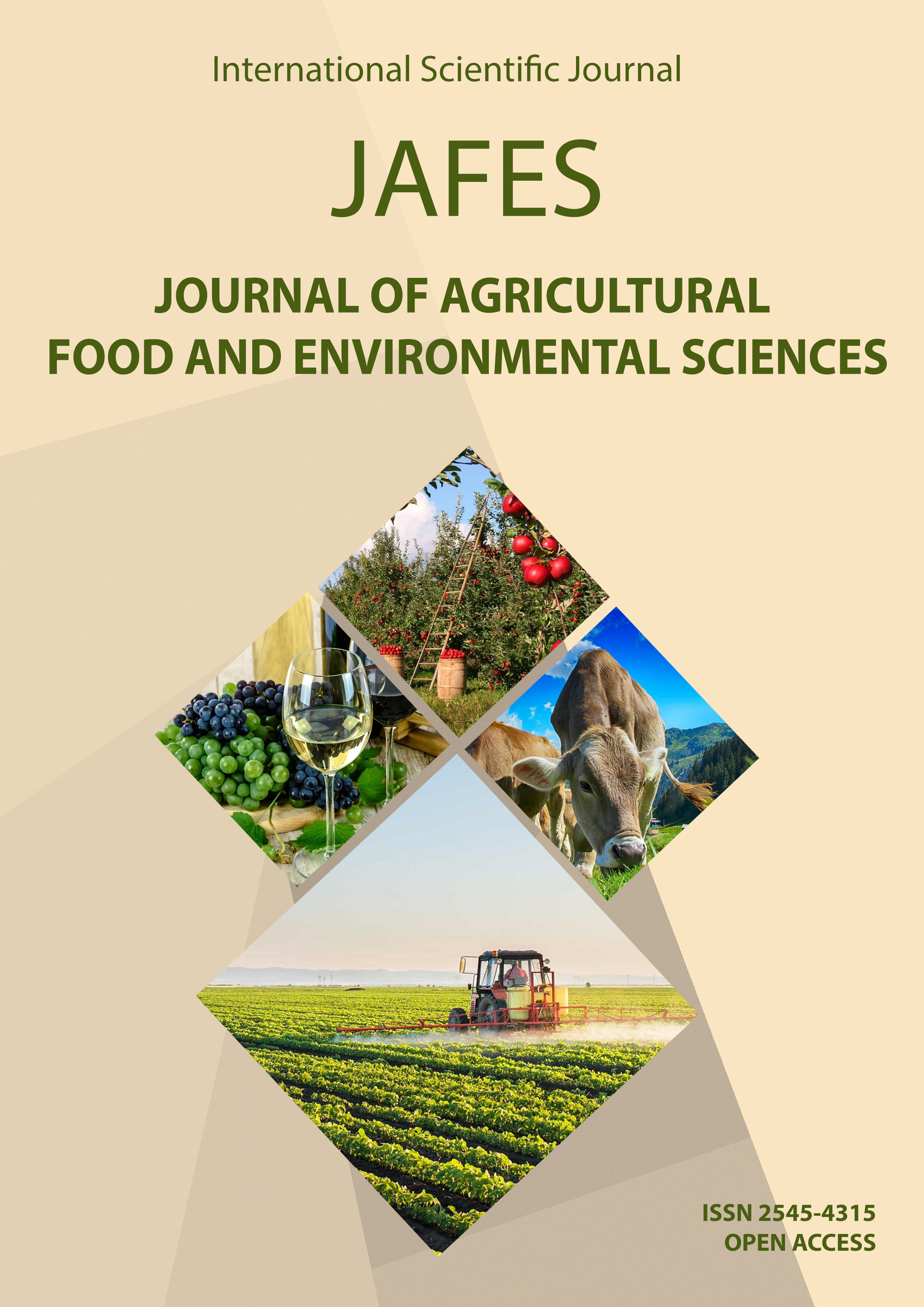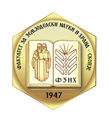AN ANALYSIS OF LAMB GROWTH AS A RESULT OF DIFFERENT NUTRITION METHODS IN A SEMI-INTENSIVE BREEDING SYSTEM
Клучни зборови:
liquid diet, lamb, growth, consumption, conversion.Апстракт
The paper examines the impact of nutrition and breeding methods on lamb growth in the first 60 days after lambing. Two groups of lambs of the same age have been examined. The first group of 20 lambs spent 6 hours with their mothers, suckling at will, and they spent 18 hours alone in a cubicle where they were served food: concentrated food and dried and crushed alfalfa. The second group of 20 lambs spent 18 hours with their mothers, suckling at will, while the rest of the day they spent alone in a cubicle where they were also served food: concentrated food and dried and crushed alfalfa. At the beginning of the experiment, the average weight of lambs at birth did not present statistical significance and it was 3.6 kg. During the experiment, depending on the method of breeding and meal composition, the difference in daily increments was not statistically significant during the initial 20 days. However, in the period to follow, in the second half of the experiment, the difference in lamb growth was statistically significant, whereby in group II one could observe larger increments of 205 g during the second measurement, i.e. 359 g during the final measurement. The obtained results have been presented in a table form by calculating the mean value and standard error, and then the variable of quantitative traits was established by resorting to the standard t-test. The lambs which consumed milk at will in the first thirty days showed a significant difference at the level p < 0.01, while the lambs in group II in the second half of the experiment showed a statistically significant difference at the level p < 0.05 when it comes to daily and total increments.



